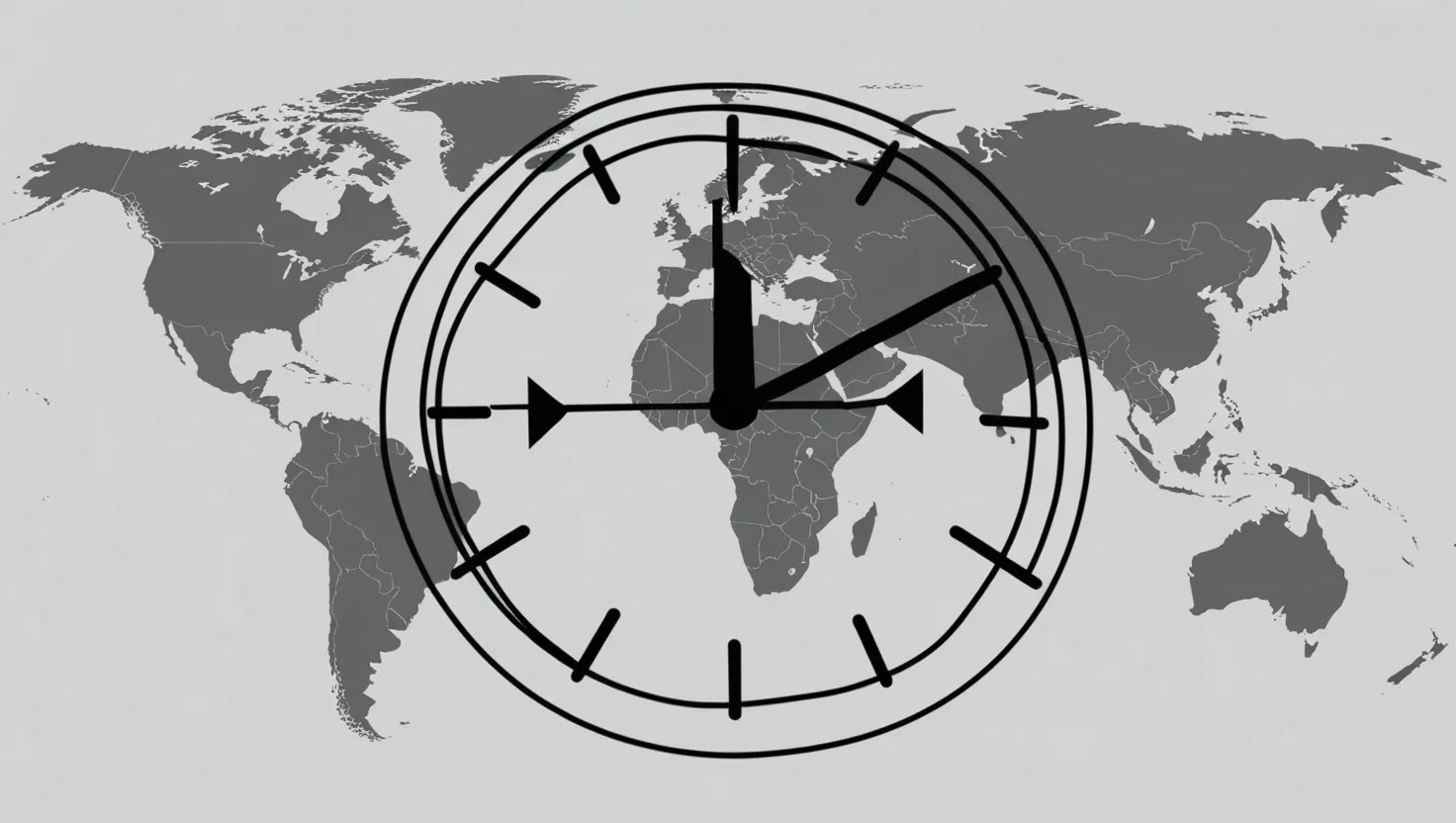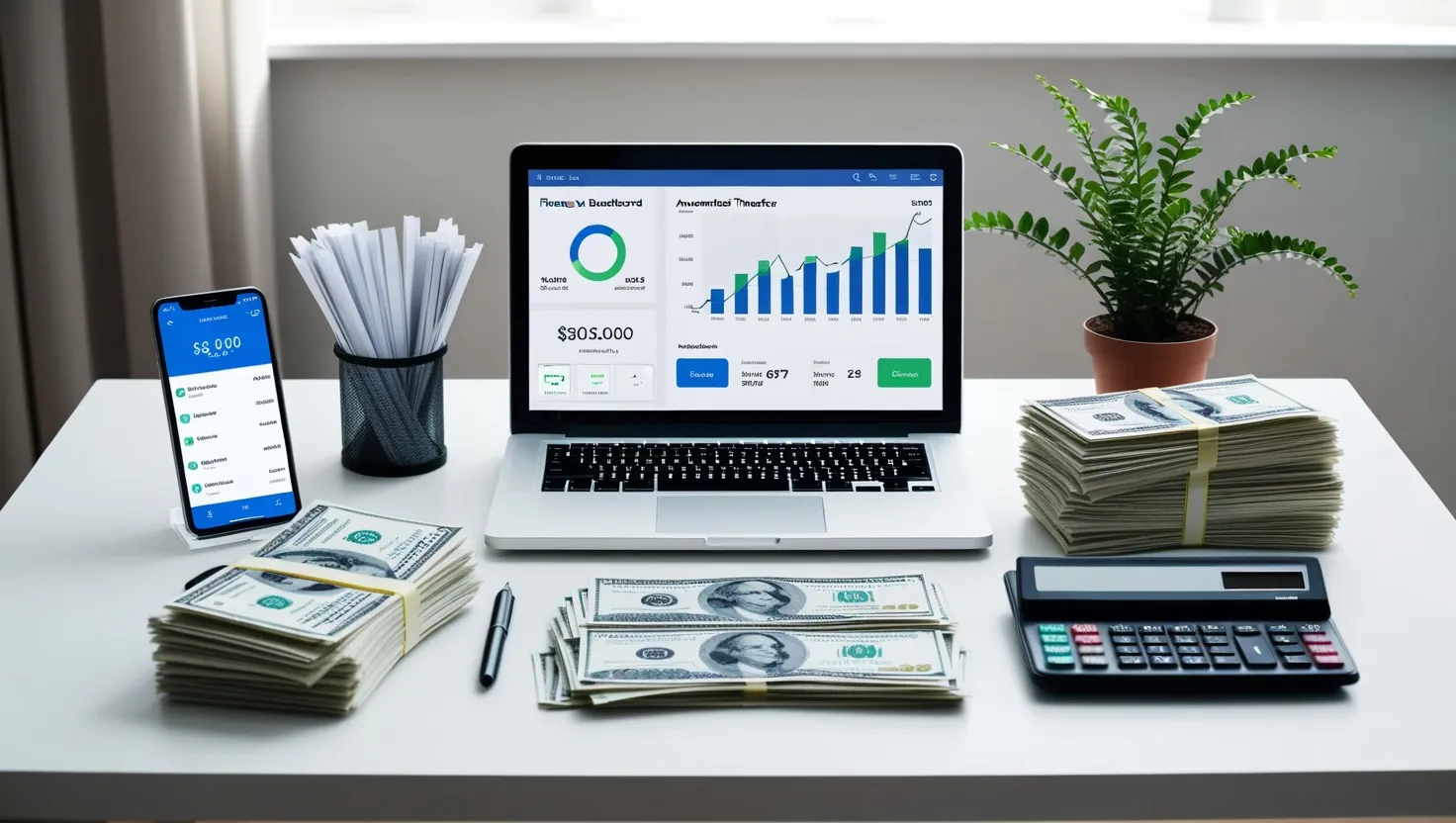As I delve into the world of personal energy management, I’m struck by how much untapped potential lies within our daily routines. We often trudge through our days on autopilot, accepting fatigue and energy dips as inevitable. But what if we could harness the power of data to truly optimize our energy levels?
Let’s start with chronotypes - our innate biological clocks that dictate when we naturally feel most alert and productive. By aligning our schedules with our chronotype, we can work with our biology instead of against it. As an early bird myself, I’ve found I do my best creative work in the mornings. But night owls may find their peak focus hits in the evening hours. The key is to track your energy and productivity patterns over time, then schedule your most demanding tasks during your personal “power hours.”
“The early bird catches the worm, but the second mouse gets the cheese.” This old saying reminds us there’s no one-size-fits-all approach to energy management. What works for me may not work for you.
Speaking of biology, strategic light exposure can be a game-changer for regulating our circadian rhythms. Our bodies are exquisitely attuned to light cues. Bright light in the morning signals it’s time to be alert and active. Dimming the lights in the evening preps us for restful sleep. I’ve started using a sunrise alarm clock that gradually brightens my room in the morning, mimicking a natural dawn. The difference in my energy levels has been remarkable.
But how can we measure the impact of these changes beyond just how we feel? This is where heart rate variability (HRV) comes in. HRV measures the variation in time between heartbeats and can indicate how well our bodies are adapting to stress and recovering. By tracking my HRV, I’ve learned to better time high-intensity workouts and challenging mental tasks. On days when my HRV is low, I know to dial back and focus on recovery.
Have you ever considered how temperature affects your energy? I certainly hadn’t until I stumbled upon research on contrast therapy. Alternating between hot and cold exposure - like a hot shower followed by a cold plunge - can stimulate the nervous system and boost energy levels. It’s not for the faint of heart, but the invigorating effects can be profound. I’ve started ending my showers with 30 seconds of cold water, and while it’s a shock to the system, I feel incredibly alert afterward.
“The greatest wealth is health.” - Virgil
This quote rings especially true when we consider how our nutrition impacts our energy. Managing blood glucose levels through strategic meal timing can help avoid the dreaded afternoon slump. I’ve started experimenting with my meal timing, eating my largest meal earlier in the day and having a lighter dinner. I’ve also incorporated more protein and healthy fats into my breakfasts to provide sustained energy throughout the morning.
But how can we keep track of all these variables? This is where wearable devices come in. From smartwatches to continuous glucose monitors, we now have unprecedented access to our personal health data. By tracking metrics like sleep quality, activity levels, and heart rate, we can start to predict energy fluctuations and proactively manage them.
One of the most fascinating areas of energy management I’ve explored is the concept of ultradian rhythms - natural cycles of high and low energy that occur throughout the day. By understanding these rhythms, we can design strategic microbreaks to recharge our batteries. I’ve started using the Pomodoro technique, working in focused 25-minute bursts followed by short breaks. But I’ve tailored the timing to my personal attention span, which I’ve found is closer to 40 minutes.
“Time is the most valuable coin in your life. You and you alone will determine how that coin will be spent. Be careful that you do not let other people spend it for you.” - Carl Sandburg
This quote reminds me of the importance of being intentional with our energy. It’s not just about maximizing productivity, but about ensuring we have the energy for the things that truly matter to us.
As I’ve implemented these data-driven habits, I’ve noticed a profound shift in how I approach my days. I’m no longer at the mercy of unpredictable energy fluctuations. Instead, I feel a sense of control and understanding of my body’s rhythms.
But it’s not just about personal benefits. Optimizing our energy can have ripple effects on our relationships, our work, and our overall well-being. When we’re operating at our best, we’re more present for our loved ones, more creative in our pursuits, and more resilient in the face of challenges.
Of course, it’s important to remember that energy management is not about pushing ourselves to the limit at all times. Rest and recovery are crucial components of any sustainable energy system. The goal is to work smarter, not harder.
As I reflect on my journey into data-driven energy management, I’m struck by how much there is still to learn. Our understanding of human physiology is constantly evolving, and new technologies are emerging all the time. The potential for personalized energy optimization is truly exciting.
But I’m also reminded that at its core, energy management is about listening to our bodies and respecting our natural rhythms. The data and technology are tools to help us tune in, not to override our intuition.
So I encourage you to start your own energy optimization journey. Begin by simply paying attention to your energy fluctuations throughout the day. When do you feel most alert? When do you start to flag? What activities energize you, and which ones drain you?
From there, you can start to experiment with some of the habits we’ve discussed. Maybe try adjusting your meal timing or incorporating some light exposure strategies. Track how you feel and look for patterns.
Remember, this is a highly personal process. What works for one person may not work for another. The key is to approach it with curiosity and a willingness to experiment.
“The secret of change is to focus all of your energy, not on fighting the old, but on building the new.” - Socrates
As we build new habits and routines around energy management, we’re not just changing our daily schedules. We’re potentially transforming our entire approach to life and work.
I’m curious to hear from you. What energy management strategies have you found most effective? How has optimizing your energy impacted your life? And what challenges have you encountered along the way?
As we continue to explore the frontiers of personal energy management, I’m excited about the possibilities that lie ahead. Imagine a future where our environments automatically adjust to support our energy needs throughout the day. Where our devices seamlessly guide us towards optimal performance and recovery.
But even as we embrace these technological advancements, let’s not lose sight of the wisdom of our bodies. The most sophisticated energy management system is the one we’re born with. Our job is to learn its language and honor its needs.
So here’s to energized days, restful nights, and the data-driven insights that help us make the most of both. May we all find our personal energy sweet spots and use that vitality to create, connect, and thrive.






